Balconies and loggias are a few square meters of additional space in an apartment, which can be made as useful as a living room, kitchen or office. To do this, it is enough to free this space from unnecessary trash and take care of its interior, but first of all - to warm it. On sale there is a sufficient number of heaters for walls, ceilings and ceilings, with various properties, from domestic and foreign manufacturers. It is not easy to understand them. The editors of the site "bestx.htgetrid.com/en/" propose to consider the best heaters for the loggia and balcony for 2020.
Content
- 1 History of the loggia and balcony
- 2 Features of insulation of loggias and balconies
- 3 Insulation selection criteria
- 4 What are the heaters
- 5 Top manufacturers
- 6 Rating of quality insulation for loggias and balconies
- 6.1 10 Rockwool stone wool
- 6.2 9 Glass wool Isover Warm House - Stove
- 6.3 8 Glass wool Isover Frame - M40-AL
- 6.4 7 Knauf Therm Perimeter
- 6.5 6 Ursa XPS Expanded Polystyrene
- 6.6 5 Extruded polystyrene foam TechnoNIKOL Carbon ECO
- 6.7 4 Penoplex Wall
- 6.8 3 Mosfol NPE-PL 01
- 6.9 2 Faralon 10mm
- 6.10 1 Penofol 2000 type C 10mm
History of the loggia and balcony
To begin with, it is worth getting to know more closely these architectural details of modern housing construction, find out what kind of structures they are, and how they differ from each other.
Balcony
The name, along with the design, came to us from medieval France. Initially, it was a stone-fenced area supported by beams protruding from the fortress wall. The supporting beams gave the name to this element of the fortification. From here it was convenient to observe the movements of the enemy in the dead zone and hit him with stones, arrows and other ammunition. Battlegrounds have become a kind of decoration for castles and fortresses.
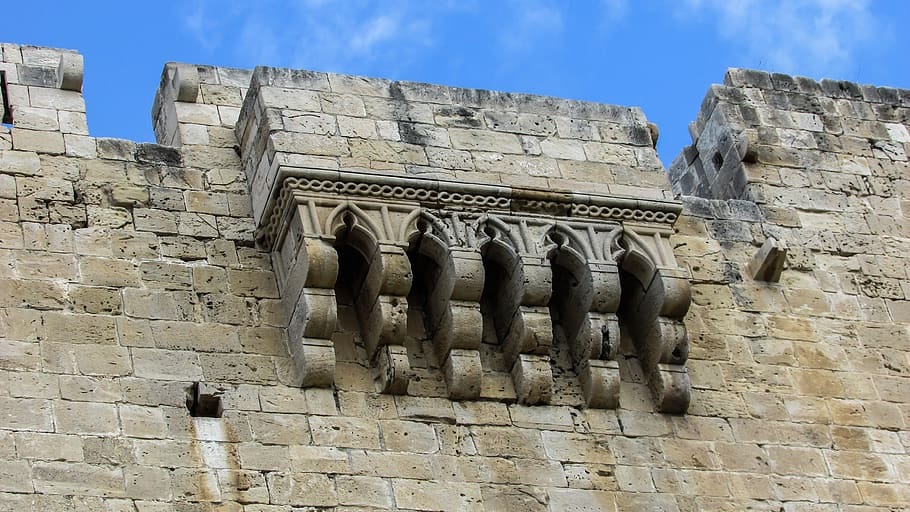
Soon, architects began to use them as open terraces in residential buildings. Instead of beams, they were supported on protruding masonry, or brackets. Carved stone fences were replaced with openwork metal gratings.
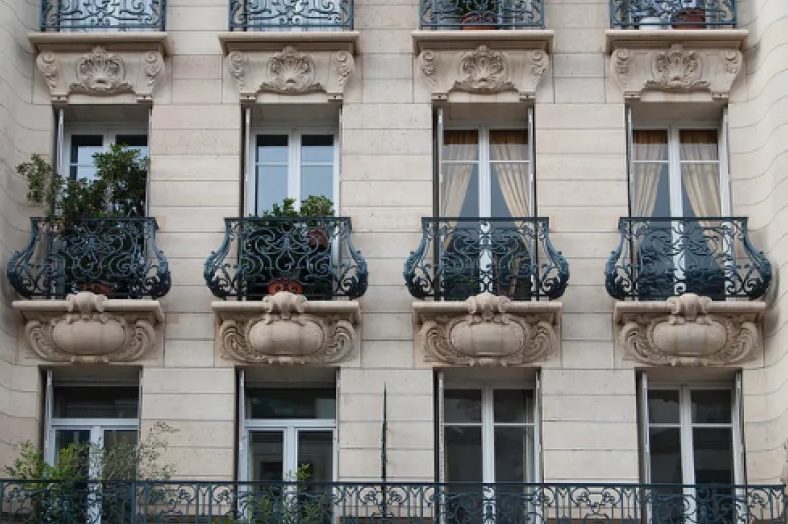
Interesting! Churches and cathedrals have their own kind of balconies - cathedral pulpits, from which the clergy addressed the parishioners with their sermons.
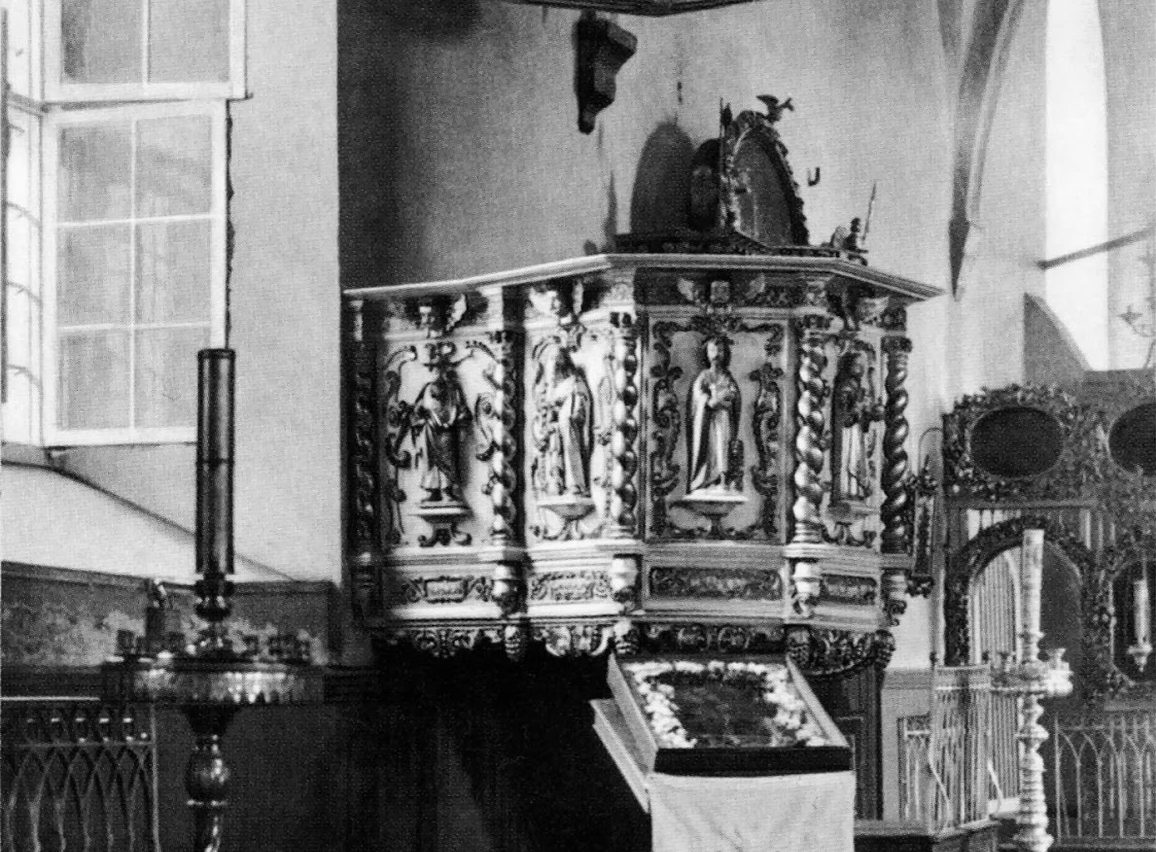
Modern architects call an unheated fenced area outside the edge of the outer wall a balcony. It can be supplemented with coating and glazing. In this case, the depth of the site is limited by the illumination from the adjoining part of the apartment or office.

Loggia
Unlike the balcony, it has Italian roots and does not have a glorious military past. So called terraces built into the walls, open on one or two sides. Sometimes the loggias were fenced with colonnades, arcades and parapets.
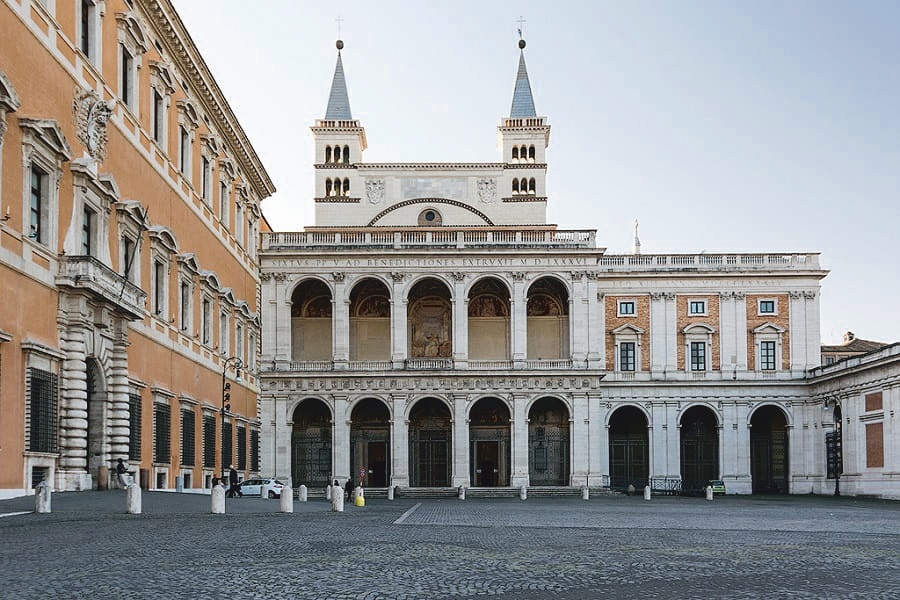 In modern construction, these are open spaces that include:
In modern construction, these are open spaces that include:
- two walls;
- fencing;
- window and door blocks from the side of the living quarters or office.
Loggia - balcony
In this facade element, a part of the floor structure protrudes beyond the edge of the outer wall, i.e. there are signs of both structural elements.
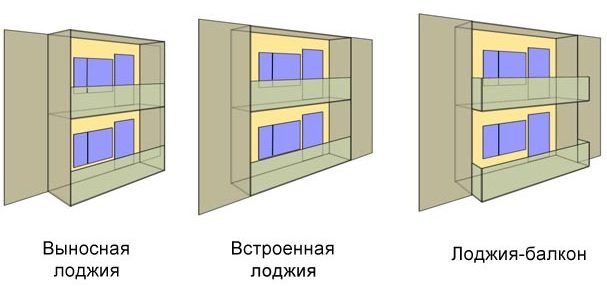
Features of warming loggias and balconies
Consider the process of insulating a balcony. To begin with, you need to build enclosing structures, on which you can then mount the insulation. Do not forget that the slab of this outbuilding rests on cantilever beams, which may not withstand the extra weight.Heavy insulation of large thickness will also increase the load on the support beams, and significantly reduce the useful area of the room.
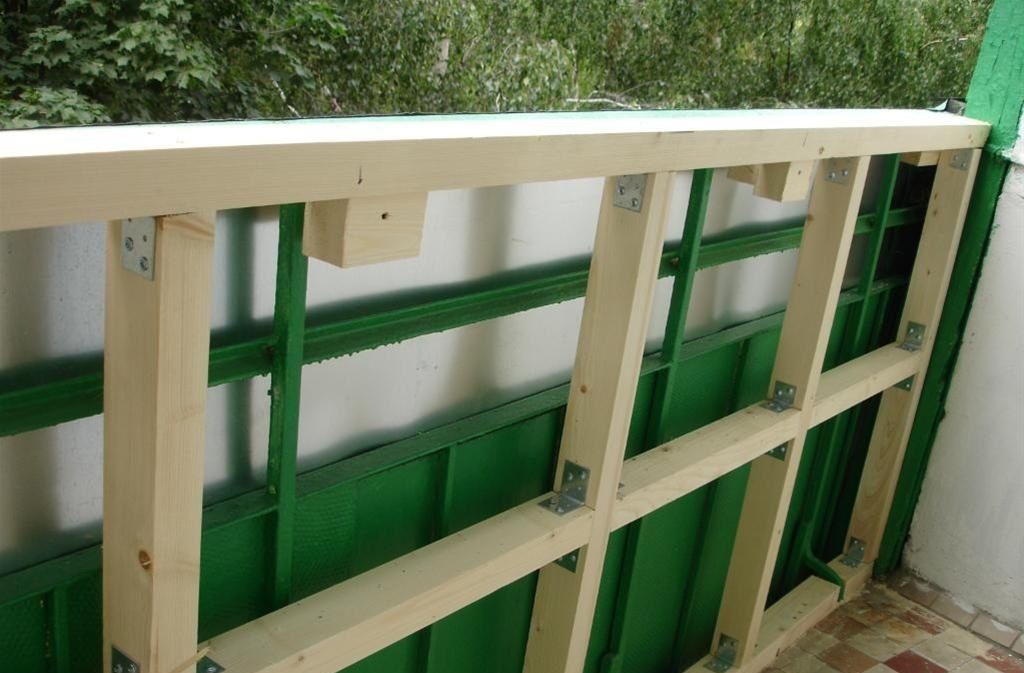
Material that is too thin will not retain heat. Cold outside air will collide with the heat flow from the adjoining room. As a result, the inner surfaces of the walls will be constantly damp, mold and mildew will appear. To prevent this, it is necessary to make a thermal calculation in order to select the thickness of the insulation.
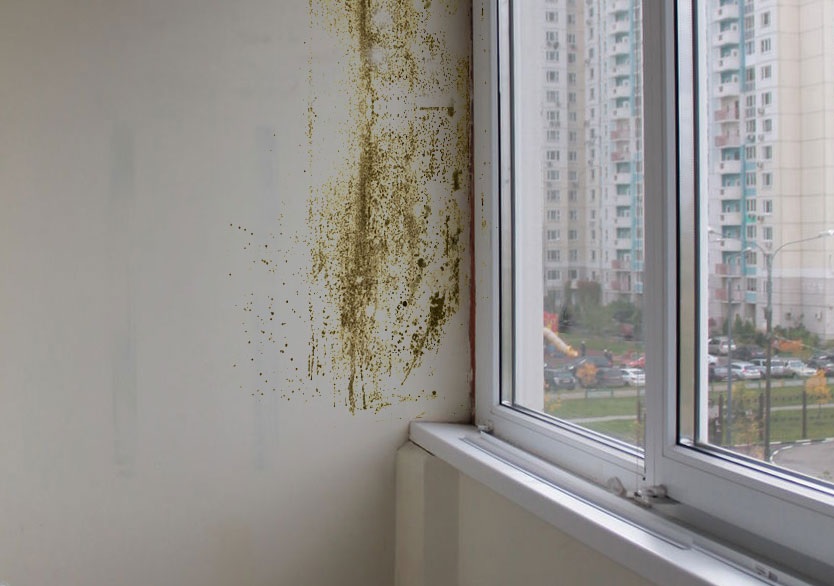
The loggias already have walls, floor and ceiling. This greatly facilitates the task of installing insulation. The enclosing structures to some extent prevent the penetration of cold into the room. Therefore, for a loggia, you can use a thinner insulation than for a balcony. Nevertheless, one cannot do without thermal calculation. If the thickness of the heat insulator is insufficient, the internal surfaces of the enclosing structures will be covered with condensation, and its excessive thickness will lead to cost overruns.
First of all, the joints between the panels are sealed. The operation is performed with polyurethane foam using a special gun.

The floors of the loggias are lowered significantly below the floor level of the adjoining room. This difference will have to be eliminated by sprinkling the floor with expanded clay to the level of the bottom of the front door frame, followed by the installation of a cement screed. On top of it, you can mount electric floor heating from film heaters (as an option), and put a laminate on top.
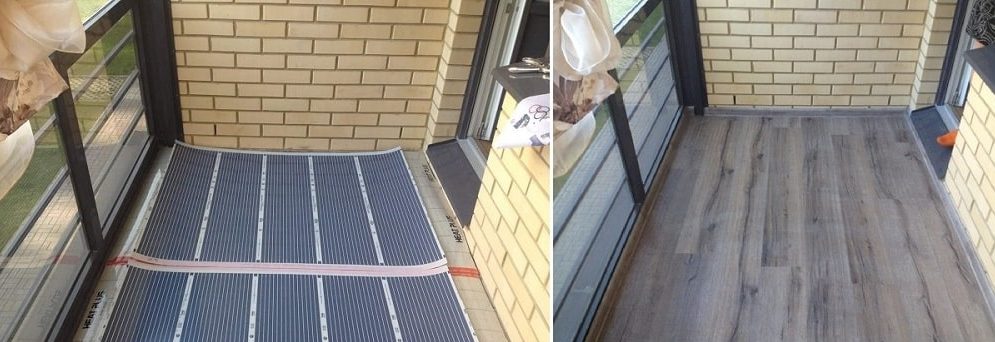
The second option is a lattice made of beams, on which a sub-floor of boards is laid. On top of it, you can put laminate, parquet, linoleum. Boards can be replaced with plywood or chipboard. Stone wool, polystyrene or its derivatives are laid in the cells of the lattice made of beams.

Since the area of the room is small, expanded clay can be poured into the cells of the frame. It does not accumulate moisture, “breathes”, mold does not start in it. In this option, the need for a cement screed is eliminated.
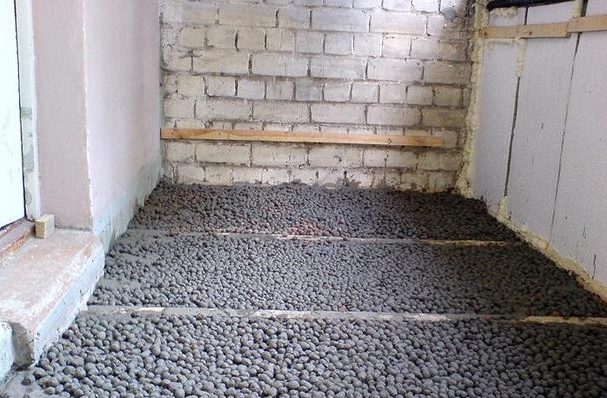
Insulation selection criteria
Before deciding what is the best way to insulate the room, you should familiarize yourself with the technical characteristics of the insulation. The material must have the following qualities:
- low thermal conductivity - must keep heat in the room;
- sufficient density (stiffness) to support the weight of the finish;
- vapor permeability (must breathe);
- minimal hygroscopicity - should not absorb moisture;
- environmental friendliness - should not emit harmful substances into the atmosphere;
- fire resistance - should not be flammable.
The thickness and weight of the product are equally important. Each of the named criteria should be considered in more detail.
Thermal conductivity
The ability of enclosing structures to transmit heat. The lower the number, the better. From the street side, currents of cold air act on the outer wall. From the heated room, warm air acts on it. Where the streams meet, condensation (moisture) will fall on the surface. This place is called the dew point. The purpose of the thermal calculation is to select such a minimum thickness of thermal insulation so that this point is on the outer surface of the wall.

In case of an error, condensation will accumulate inside the room, with all the unpleasant consequences: dampness, fungus, mold, destruction of building structures.
Thermal conductivity is divided into three classes with a corresponding designation on the packaging:
- A - low (the best heat insulator), 0.06 W / m2;
- B - medium, in the range from 0.06 to 0.115 W / m2;
- B - high, in the range from 0.115 to 0.175 W / m2.
Wall material can be different: reinforced concrete, hollow brick, wood. The thermal calculation takes into account the individual ability of each of them to retain heat, and with multilayer insulation, the thermal conductivity of each layer. The calculation turns out to be complicated, so you should entrust it to specialists. For those who decide to perform the calculation on their own, special formulas will help. They can be easily found on the net.
It is easier to use special programs - calculators. They contain all the data and formulas necessary for the calculation.The most popular is the Rockwool calculator. It remains to clarify the thermal conductivity of the selected insulation, wall structures, floor and ceiling, go to the calculator's website and calculate the thickness of the insulation mat or slab.
Important! You can ignore the thermal calculation and act on the “thicker the better” principle. This method is suitable for those who are not used to counting money and can afford to throw it away.
Density
The finishing of the balcony or loggia after insulation is carried out with various materials. For tiling or wallpapering, choose a rigid board. Under the laminate, lining, plastic or MDF panels, a frame made of metal profiles or timber must be arranged. In this case, you can use various cotton wool, foam, etc.
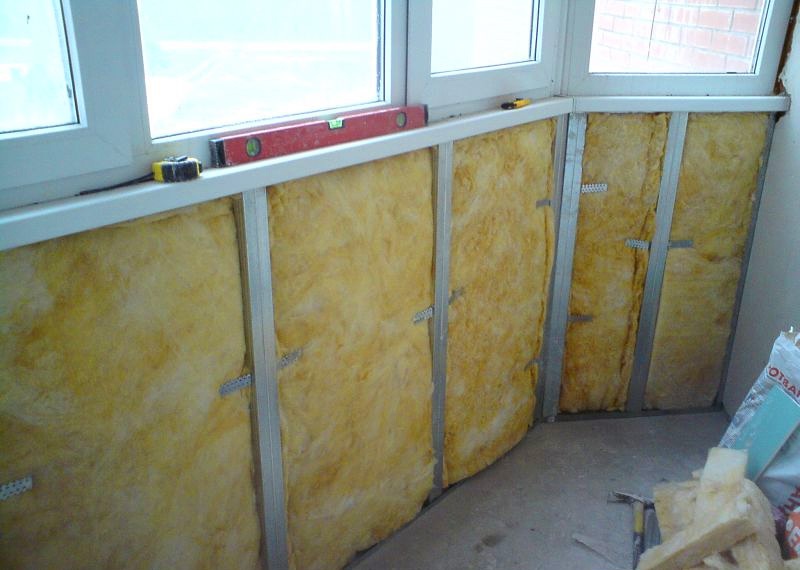
The frame is mounted taking into account the width of the insulation, otherwise a significant amount of often expensive products will go to waste. When choosing products of increased density, it should be remembered that its vapor permeability will be reduced. We'll have to ventilate the room more often.
Hygroscopicity
This is the name of the ability of products to absorb moisture in a vapor state. The ability of a damp insulation to pass heat through itself increases many times, i.e. it ceases to keep warm.
When choosing heat insulators for a balcony or loggia, special attention should be paid to its hygroscopicity for those who have these rooms adjacent to the kitchen, where the air humidity is always higher than in the hall or bedroom.
The best (minimum) hygroscopicity, no more than 1.2%, is possessed by expanded polystyrene. A little more, up to 1.5% moisture, can be absorbed by polyurethane foam. This does not mean that he gets wet. Absolutely dense, without pores, material simply does not exist. The pores are filled with air, which is known to be the best heat insulator. Water displaces air from a certain number of pores and remains in the cells for a long time, and the heat insulator loses its properties.
Important! When heated, the amount of open pores of expanded polystyrene and polyurethane increases, and the hygroscopicity increases to 7%.
Mineral wool also does not absorb moisture. However, its density is not high, since it consists of 95% air, and the remaining 5% is made up of stone fibers. When steam passes through the mineral wool, moisture displaces air and fills the pores. To reduce hygroscopicity, the product is impregnated with hydrophobic (water-repellent) compounds. The hygroscopicity after such treatment is reduced by three times. A prerequisite for the use of porous products is a vapor barrier device on their surface, from the side of the warm air flow.
Sustainability
Almost all heat insulators have an environmental certificate of conformity, confirming their non-toxicity, the absence of emissions of harmful substances into the atmosphere. Products containing glass fibers, slag, quartz are dangerous for the eyes and breathing. These are rolls and mats of glass wool, stone and quartz wool, slag wool. On the other hand, fibrous products have excellent thermal insulation properties, better fire resistance and are affordable. If you can't afford expensive penoplex, you can choose mineral wool and follow safety rules: work with gloves, goggles and a respirator.
Important! Most man-made materials release volatile compounds into the atmosphere when ignited, which are harmful to health. Based on this, the environmental friendliness of the insulation largely depends on its fire resistance.
Fire resistance
Special attention should be paid to this characteristic. The best indicators in this area have the so-called. non-combustible insulation: mineral wool and glass wool. The main components of mineral wool are metallurgical slags and elements of volcanic origin, which have high fire resistance, chemical resistance and low hygroscopicity (after hydrophobizing treatment).
In addition to city apartments, balconies and loggias are used in suburban construction. Attic structures are characteristic of the house and summer cottage.Given the presence of stove heating, the best option in this case will be precisely non-combustible glass wool and mineral wool.
Expanded clay is also non-combustible. Lightweight, waterproof, absolutely harmless, affordable. Perfect for floor insulation. Not used for thermal insulation of walls.
Thermal insulators based on polymers cannot match the fire resistance of mineral wool or expanded clay. Some of them do not support combustion, but if they enter the ignition zone, they will melt and release volatile compounds that are harmful to health into the atmosphere.
What are the heaters
Mineral wool
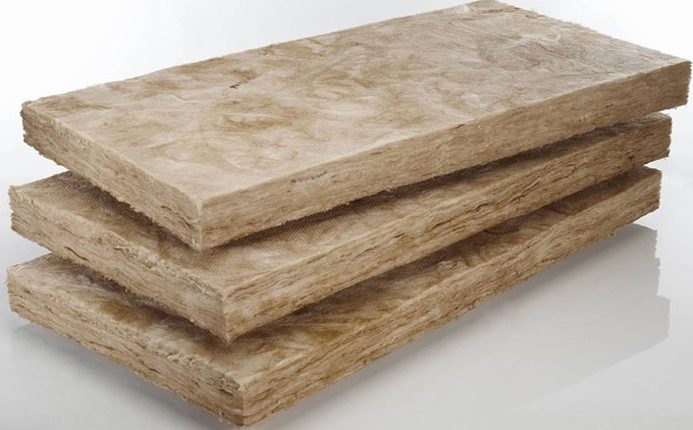
The general name for roll and board fibrous products, including:
- stone wool made from molten volcanic rocks;
- glass wool made from molten glass fibers;
- slag wool, with fibers of molten metallurgical slag.
Low-cost, non-combustible mats, with excellent heat and sound insulation properties, high vapor permeability. Thermal conductivity does not exceed 0.04 W / (m K). When insulating balconies and loggias with mineral wool, a layer of vapor barrier is necessarily mounted on top of it, otherwise its increased vapor permeability will lead to the accumulation of moisture in it, with a subsequent decrease in thermal insulation properties by half.
Styrofoam

Heat insulator based on foamed polymers. Depending on the starting material and manufacturing method, it can have different density and strength. The most commonly used foam is expanded polystyrene. In 1941, extruded polystyrene foam, or expanded polystyrene, characterized by increased density, was obtained in the USA. It is used in the construction of a warm roadbed, thermal insulation of arenas of ice palaces.
The main disadvantage of polymer heat insulators is their flammability. If expanded polystyrene refers to normally combustible products, then penoplex is highly combustible. After processing with fire retardants, polymers will not ignite from a spark or a cigarette butt, but being in the fire zone, they burn no worse than wood, while emitting toxic smoke.
Polyethylene foam
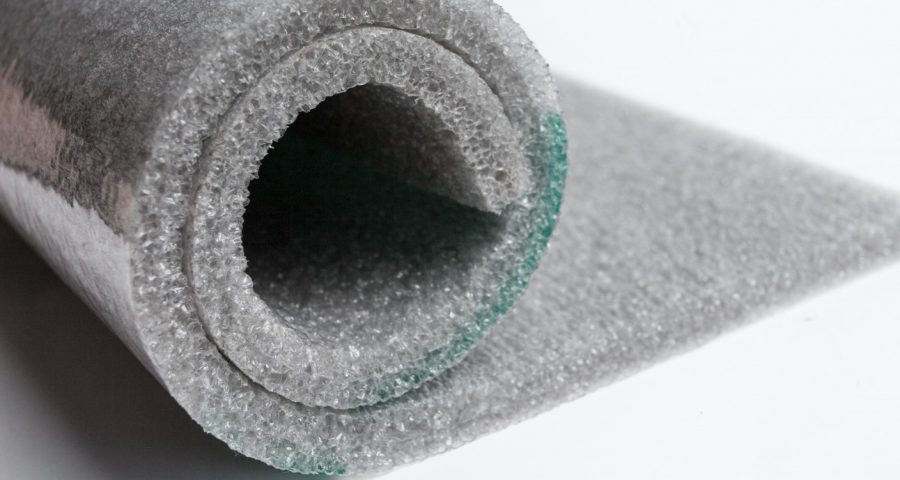
Another type of foam. Lightweight, environmentally friendly and chemically inert, it does not rot, does not absorb moisture. It is widely used in construction for thermal and noise insulation. Inexpensive. It is destroyed by exposure to direct sunlight, holds water well and does not react to ultraviolet rays. Distinguish between uncrosslinked (NPE) and crosslinked (PES) isolon. The first, unlike the second, does not differ in mechanical tensile strength. The service life can reach hundreds of years. There are few disadvantages. The biggest one is the high cost.
Penofol
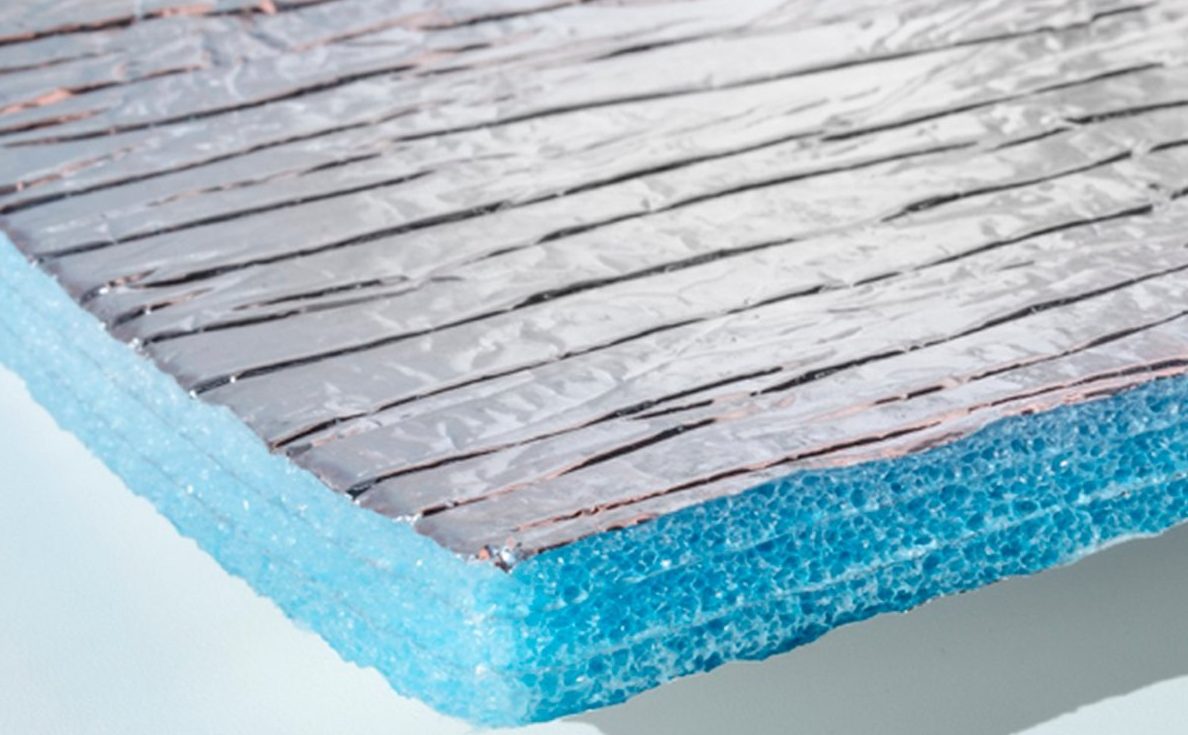
A novelty of domestic development. Its basis is the same polyethylene foam covered with foil. It is the polished foil that covers the polymer base with a layer of up to 20 microns that gives the product its reflective properties. Thanks to this, penofol is the thinnest known insulation. It is produced in rolls with a thickness of 2 to 10 mm. Due to its flexibility and low weight, it is easy to assemble without seams. Its thermal conductivity does not exceed 0.039 W / (m K).
There are three types of penofol:
- A - with one-sided foil, for roofs, walls, engineering networks.
- B - foil on both sides. Partitions and ceilings are insulated.
- C - foil on one side, self-adhesive layer on the other.
They also produce perforated and reinforced penofol. Various types of foil can be used for coating.
Polyurethane foam
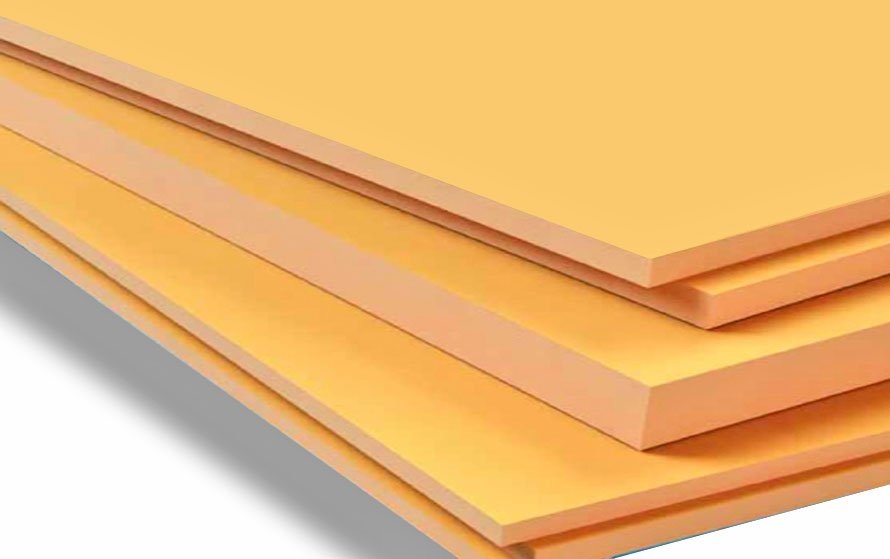
It is polyurethane foamed with an inert gas, the content of which in the resulting product reaches 90%. In other words, it is a foamed artificial rubber. Due to the significant content of inert gas, it is chemically neutral, has a low thermal conductivity, in the range of 0.029 to 0.041 W / m2K. Release form - elastic (foam rubber) and rigid sheets. It is used as a heat and sound insulator, in the production of pillows, mattresses, dishwashing sponges, in the manufacture of upholstered furniture, etc. One-component air-curing compound used as polyurethane foam.
Liquid solutions for insulation
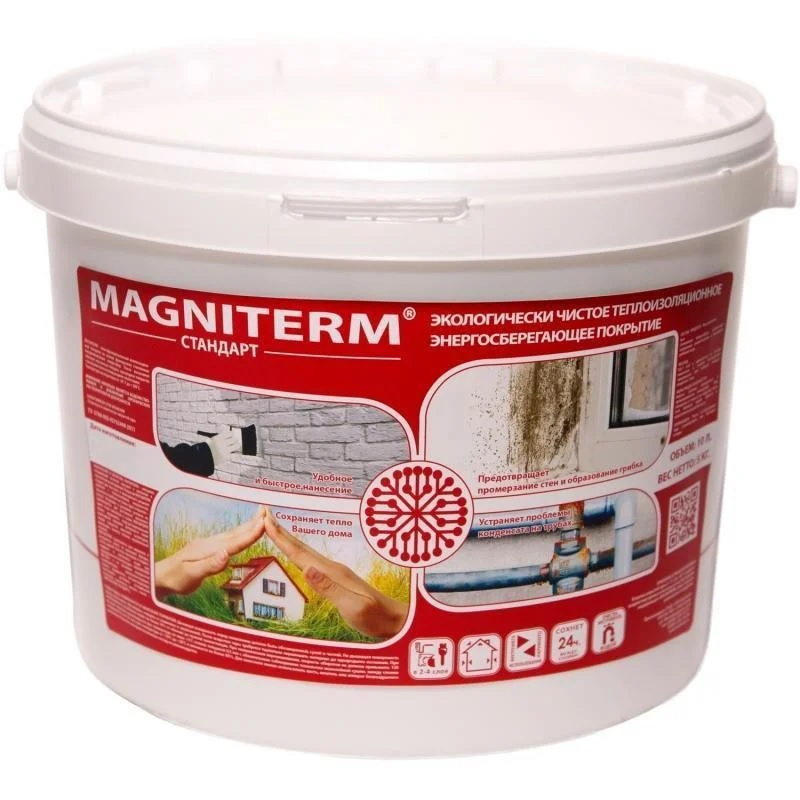
Materials of this type are good because they are easily applied to various surfaces, have excellent thermal insulation characteristics, and high adhesion to any surface. Liquid heat insulators are gaining popularity:
- Thermion standard.
- Magniterm.
- Armor.
All of these samples can be classified as ultra-thin heat insulators. The 1mm thick layer replaces 50mm of mineral wool. Their thermal conductivity coefficient is 0.001 W / (m K).
Liquid insulation consists of a mixture of acrylic dyes and microscopic gas-filled hemispheres. Preparation of the composition requires strict adherence to the manufacturer's instructions. I mix them before use. The mixer rotation frequency should not exceed 200 rpm. Otherwise, the structure of the material is broken. The product is applied to the surface of structures with a paint brush.
Top manufacturers
There are quite a few of them:
- Rockwool. International group of companies. Production of thermal insulation and fireproof materials based on basalt wool.
- Isover. The brand belongs to the French concern Saint-Gobain. At least 1000 companies produce heat insulators around the world.
- Ursa. Spanish manufacturer of fibrous insulation mats and rigid boards. Factories in Spain, France, Germany, Italy, Russia.
- Knauf, Germany. One of the world leaders in the production of heaters. Plants in the USA, Europe, Iran and China.
- Paroc. An international group of companies headquartered in Finland.
- Penoplex. Russian company. Produces the best-selling thermal insulation products in the domestic market.
- Izovol, Russia. Provides eco-friendly, low-cost thermal insulators.
- Isoroc. Russian brand, with the participation of Austrian and French capitals, German technology and equipment from Sweden, with production in Tambov.
These are not all popular companies supplying heat insulators of various price categories to the domestic market. The above descriptions and product characteristics will tell you how to choose the right thermal insulator and what to look for. Which company the product is better to buy is up to you. The main thing is that they are water-repellent, lightweight, non-flammable, with a low coefficient of thermal conductivity.
Rating of quality insulation for loggias and balconies
10 Rockwool stone wool

The overview opens with the products of the international group of companies Rockwool. Rigid stone wool slabs, 100 mm thick, will protect the balcony from cold air and street noise. When constructing a frame for fixing the heat insulator on the walls, insulating the floor and ceiling, it is necessary to maintain the distance between the beams slightly less than 600 mm. In this case, the mats are easily installed in the spacer and do not have to be cut. To prevent the accumulation of moisture in the porous insulation, a vapor barrier is mounted on top of it. One package of Rockwool stone wool 600x800x100mm is enough for processing an area of 3.0 m2. The average cost is 385 rubles per sq.m.
Advantages:
- easy;
- easy to mount;
- suitable for insulation of any surfaces;
- inexpensive.
Disadvantages:
- When cutting with a knife, corrosive dust is generated that can cause itching.
| Material name / brand name | Specifications | average price |
|---|---|---|
| Rockwoll stone wool / international group of companies | A package of six panels with a total area of 3 sq.m. Sheet size 60x80x10cm. Non-combustible, with a thermal conductivity of 0.037 W / m K | 385 rubles |
9 Glass wool Isover Warm House - Stove
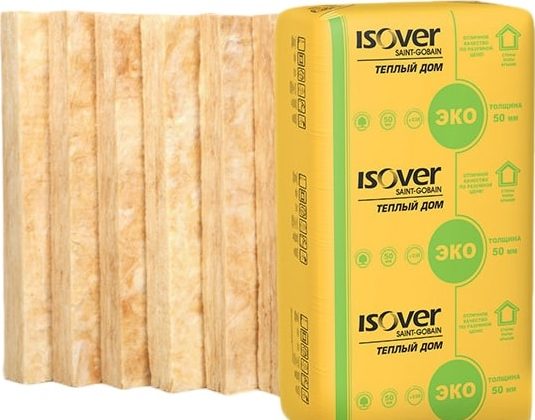
The glass wool in the slabs is made using French technology. Just like the previous sample, it is suitable for processing walls, floors and floors, with a preliminary frame device. The rigidity of the products assumes their installation in the spacer. Porous products with good vapor permeability. Installation of a vapor barrier is required. The thermal conductivity of Isover glass wool is 0.038 W / (m K). It's better than Rockwool. One package contains 14 sheets. This is enough to isolate a 9.94 m2 plot. The cost of one plate is 670 rubles.
Advantages:
- low thermal conductivity;
- the ability to mount in any spatial position;
- affordable price.
Disadvantages:
- when working, it is dusty, the use of protective glasses, gloves and a respirator is mandatory.
| Material name / brand name | Specifications | average price |
|---|---|---|
| Glass wool Isover Warm House - Stove / France | Plates with dimensions 61x1179x5cm, area 0.71 sq.m., 14 in a package, with a total area of 9.94 sq.m. Incombustible. Thermal conductivity - 0.038 W / m K | 670 rubles / pc |
8 Glass wool Isover Frame - M40-AL

Roll insulation with a cover layer of foil. Suitable for processing horizontal, vertical and inclined surfaces. Sheet thickness 50mm. An excellent choice for insulating a loggia. In this case, vapor barrier is not needed. The joints are glued with AL-1 or K-2 tape to protect the glass wool from moisture accumulation. One roll is enough for surface treatment of 16.8 m2. The average price of one roll will be 2306 rubles.
Advantages:
- universal for use in any position;
- easy to cut;
- a layer of foil protects against moisture accumulation;
- inexpensive.
Disadvantages:
- the need to use gloves, glasses and a respirator.
| Material name / brand name | Specifications | average price |
|---|---|---|
| Glass wool Isover Frame - М40-АЛ / France | Foil glass wool in a roll. Sheet size 120x1400x5 cm, area 16.8 sq. Non-flammable. Thermal conductivity 0.042 W / m K | 2306 rubles |
7 Knauf Therm Perimeter

Expanded polystyrene sheet. An excellent option for warming any structures. Frame preparation is not required. The sheets are attached to the wall with foam glue for expanded polystyrene. Moisture protection is optional. Floor installation is done without glue and without any gap. If it is not possible to tightly lay the sheets on the floor, the gaps are filled with the same foam glue. To fix the slabs to the ceiling, you will need a perforator, drill and special dowels. The sheets do not generate dust during cutting, do not absorb moisture. The cost of one sheet is 130 rubles. There are eight of them in the package. This is enough to process 4.8 m2 of area. Excellent value for money and quality.
Advantages:
- non-toxic;
- lasting;
- tongue-and-groove edges do not require sealing of joints;
- surface of a special texture for better adhesion with glue.
Disadvantages:
- weak fire resistance, compliance with fire safety measures is required.
| Material name / brand name | Specifications | average price |
|---|---|---|
| Knauf Therm Perimeter / Germany | Packing of eight sheets of expanded polystyrene foam, 100x60x5cm in size. Leaf area 0.6 sq. M. The floors and walls are insulated. Thermal conductivity 0.033 W / m K | 130 rubles |
6 Ursa XPS Expanded Polystyrene
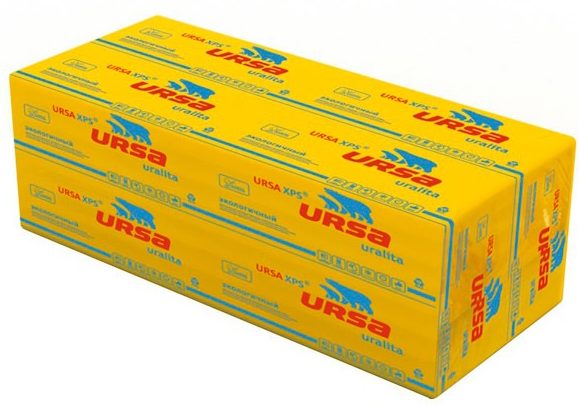
Extruded polystyrene foam boards from the Spanish brand Ursa. The size of one sheet is 1.18x0.6 m, the thickness is 10 cm. The sheet practically does not absorb water, it has high strength. Environmentally friendly and frost-resistant product. Does not require a vapor barrier for installation on walls, floors and ceilings of loggias and balconies. The installation method is the same as for Knauf Therm Perimeter. It is flame retardant, so it will not ignite from an accidental spark. But once in the fire zone, it will burn, releasing poisonous smoke into the atmosphere. The purchase of one package will cost 1192 rubles. This amount is enough to handle an area of 2,844 m2.
An excellent option for insulating a balcony.
Advantages:
- lightweight and durable;
- does not absorb moisture;
- easy to cut and assemble.
Disadvantages:
- flammable, requires protection from open fire.
| Material name / brand name | Specifications | average price |
|---|---|---|
| Ursa XPS Styrofoam / Spain | Pack of four plates. Size 118.5x60x10cm. The package covers an area of 2,844 sq.m. Thermal conductivity 0.029-0.034 W / m K Hygroscopicity 0.2-0.4% | 1195 rubles |
5 Extruded polystyrene foam TechnoNIKOL Carbon ECO
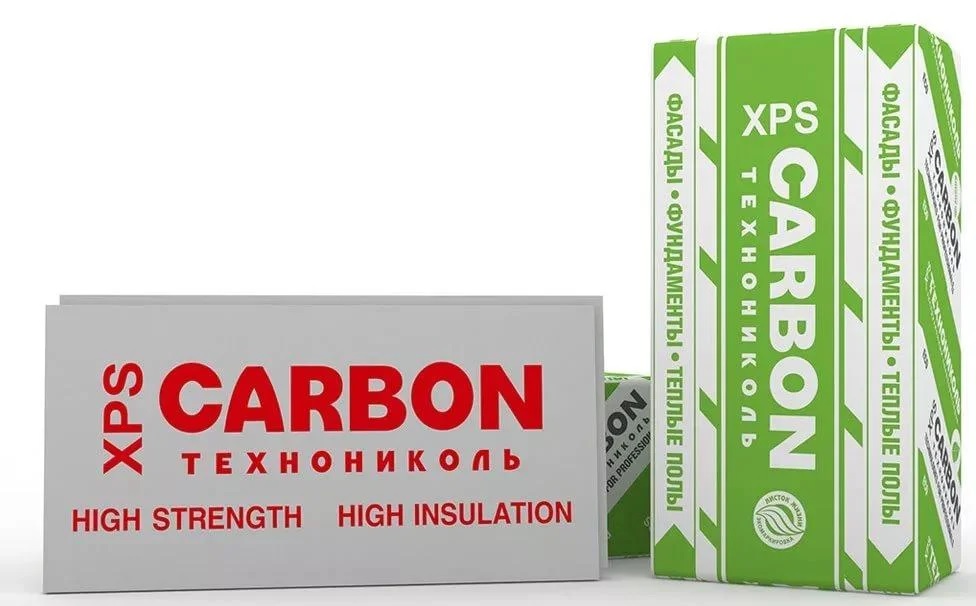
Thermal insulator of Russian production. Along with the already familiar qualities of expanded polystyrene: low thermal conductivity, high strength and low hygroscopicity, it has the ability to reduce the flux of thermal radiation, due to the presence of carbon nanoparticles in the composition. Installed without frames. The tongue-and-groove edges allow the boards to be glued without additional insulation of the jointsThe cost of a package of eight sheets is 1190 rubles.
Advantages:
- the lowest thermal conductivity for expanded polystyrene products;
- does not absorb moisture;
- does not contain formaldehyde;
- service life: more than 50 years.
Disadvantages:
- afraid of open fire.
| Material name / brand name | Specifications | average price |
|---|---|---|
| Extruded polystyrene foam TechnoNIKOL Carbon ECO / Russia | Pack of eight plates. Size 1180x580x50mm. Sheet area - 0.7 sq.m., packing - 5.6 sq.m. operating temperature should not exceed 75 ° C. Thermal conductivity 0.029 W / m K. Hygroscopicity does not exceed 0.4% of the volume. | 1190 rubles |
4 Penoplex Wall
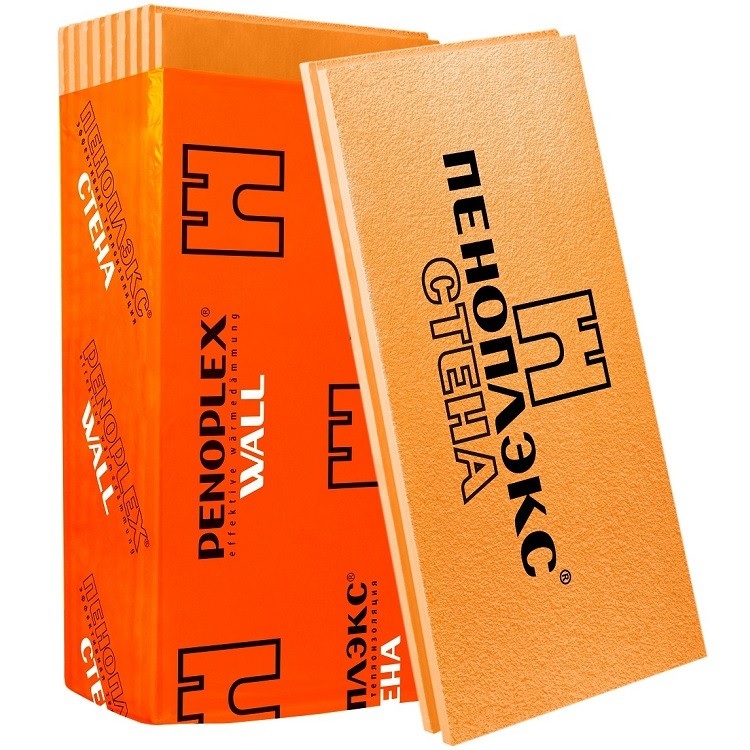
Plate extruded polystyrene foam produced by the Russian company Penoplex. Designed for wall insulation, but it is successfully used for floor and ceiling treatment. By its thermal insulation properties, hygroscopicity and environmental friendliness it is not inferior to the best European samples. It is easy to install, does not require vapor barrier and joint processing. At a price slightly cheaper than Ursa products, but somewhat more expensive than Knauf. The cost of one sheet is 166 rubles.
Advantages:
- biologically resistant;
- does not absorb moisture;
- strong and durable;
- easy to install.
Disadvantage:
- does not withstand exposure to open fire.
| Material name / brand name | Specifications | average price |
|---|---|---|
| Penoplex Wall / Russia | Pack of seven panels of extruded polystyrene foam. Sheet size 1185x585x50mm. Sheet area 0.7 sq.m., packaging - 4.9 sq.m. Operating temperature range from minus 70 ° С to plus 75 ° С. Thermal conductivity 0.03 W / m K. Flexural strength 0.25 MPa. | 166 rubles |
3 Mosfol NPE-PL 01
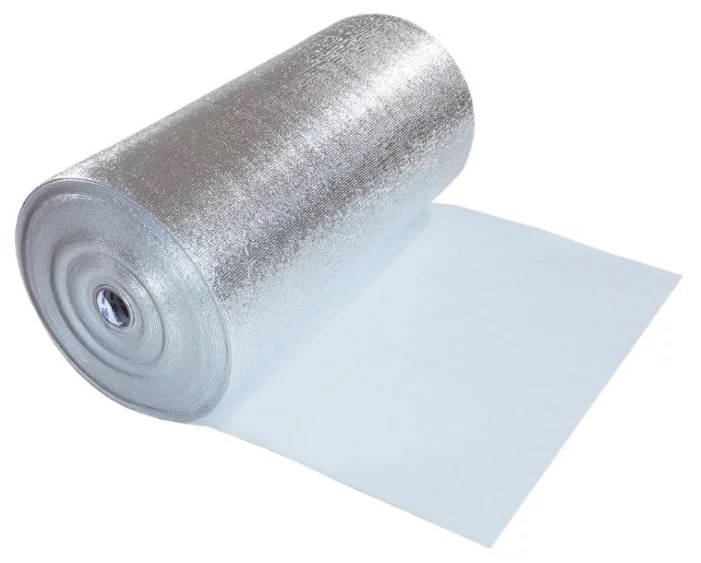
Thermal insulator of a new type based on non-crosslinked polyethylene foam. The polished foil coating allows heat to be reflected. Therefore, with a small thickness (maximum 10 mm), it is not inferior in efficiency to mineral wool products and extruded polystyrene foam plates, 50 mm thick. It is produced in rolls, 1.2 m wide. The cost of one roll: from 750 rubles.
Advantages:
- thickness no more than 10 mm;
- effectively reflects heat;
- does not absorb moisture.
Disadvantages:
- uncrosslinked polyethylene foam has no mechanical strength.
| Material name / brand name | Specifications | average price |
|---|---|---|
| Roll Mosfol NPE-PL 01. / Russia | A roll of expanded cross-linked polyethylene foam with a foil cover layer. Width 1200mm, length 15m, thickness 10mm. Leaf area 18 sq.m. Operating temperature range from minus 50 ° С to plus 80 ° С. Thermal conductivity 0.035 W / m K. It is used for insulation of all enclosing structures and as a substrate for laminates. | 750 rubles |
2 Faralon 10mm

Another Russian reflective heat insulator, this time made of cross-linked polyethylene foam. In terms of its properties, it surpasses the previous sample in strength and wear resistance. Excellent heat, sound and vapor barrier. Available in rolls with dimensions (LxW) 15x0.6 m, 10 mm thick, costing 800 rubles
Advantages:
- thin;
- lasting;
- effectively reflects heat, sound;
- water repellent.
Disadvantages:
- for balconies and loggias is not effective enough without an additional layer of expanded polystyrene.
| Brand name / birthplace | Specifications | average price |
|---|---|---|
| Faralon 10mm / Russia | Rolled foamed foamed cross-linked polyethylene with self-adhesive film on the working side. Sheet width 600mm, length - 15000mm, thickness - 10mm. Roll area 30 sq.m. Thermal conductivity 0.039 W / m K. | 800 rubles. |
1 Penofol 2000 type C 10mm
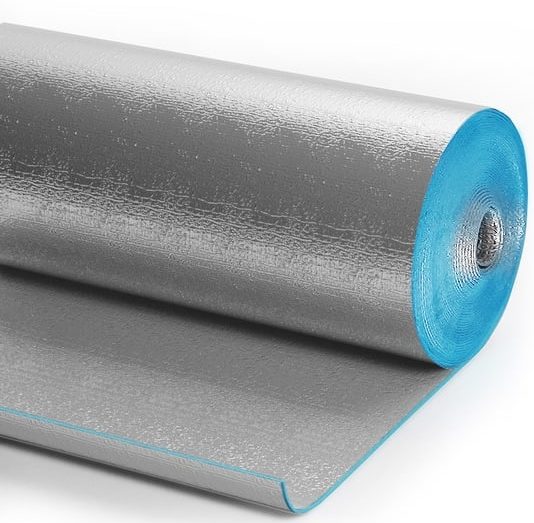
The first place in the rating and the best reviews is received by a thin reflective insulation Penofol type C, 10 mm thick. It is the same cross-linked polyethylene foam, covered on one side with a reflective layer of polished foil, on the other with a self-adhesive compound. Very easy to install. Perfectly reflects heat, does not absorb moisture. The average price per square meter is 180 rubles.
Advantages:
- thin;
- easy to assemble;
- perfectly retains heat in the room;
- does not absorb moisture.
Disadvantages:
- not identified.
| Material name / country of origin | Specifications | average price |
|---|---|---|
| Penofol 2000 type C 10mm / Russia | Closed cell expanded polyethylene roll, covered with polished foil, with self-adhesive on the mounting side. Blade width 600mm. Thermal conductivity 0.039 W / m K | 180 rubles |
There are many heaters made of natural fibers and polymers on the building materials market. Deciding which one to buy will be tricky. The number of manufacturers is just as impressive. We hope that our review will help you navigate the whole variety of products and brands, and not make mistakes when choosing. Make your balcony or loggia your favorite vacation spot at any time of the year.












